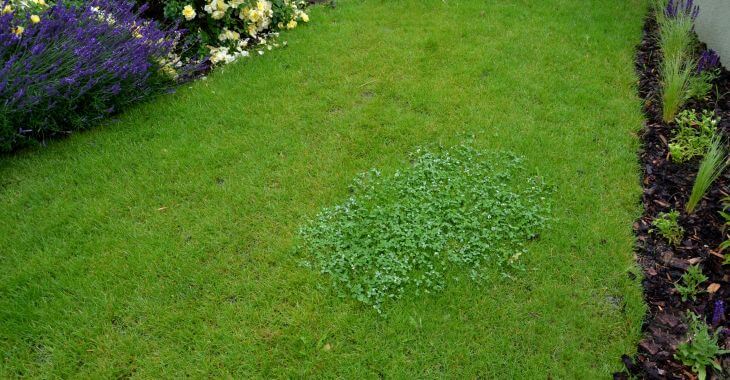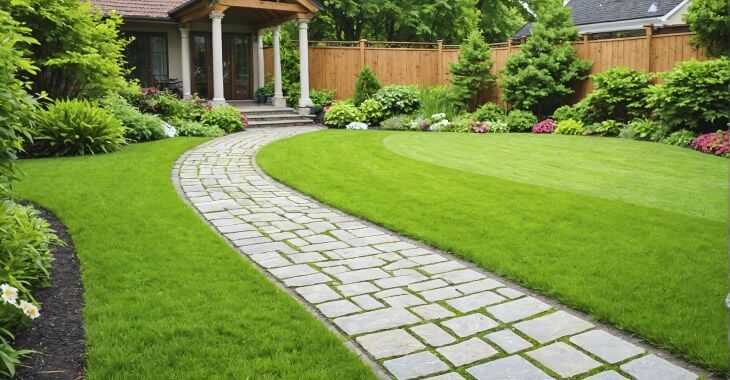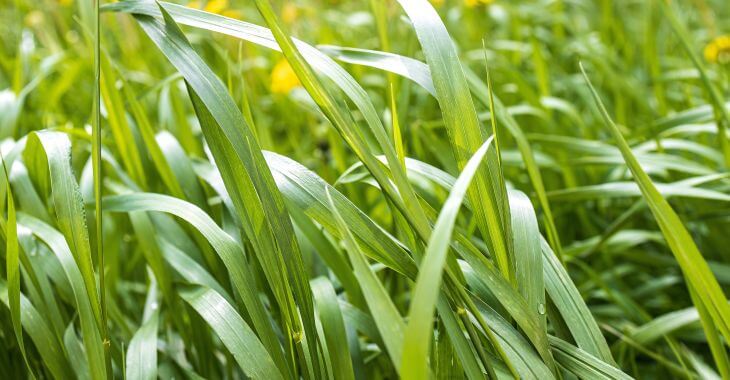How to Get Rid of Clover in Lawn

Clover is one of the most common weeds that can take over a lawn quickly if left untreated. Many homeowners find it frustrating to deal with because it spreads fast and can make grass look patchy. Knowing how to get rid of clover in lawn areas is the first step to reclaiming your yard.
Clover tends to grow well in lawns that are under stress. It thrives in compacted soil, low-nitrogen conditions, and weak grass coverage. Once it takes hold, it spreads easily by creeping stems that root wherever they touch the ground.
Why Is Clover in Your Lawn?
The main reason clover appears is poor soil health. Clover can pull nitrogen from the air, so it thrives where grass struggles due to lack of nutrients. Overwatering, mowing too short, or infrequent fertilizing all create the perfect conditions for clover.
The most common type of clover in lawns is white clover. You might also encounter red clover or microclover. Each has small, round leaves and can spread across large areas of your yard if not controlled.
Strengthen Your Lawn First
A thick, healthy lawn is your best defense against clover. Healthy grass blocks weeds from growing. Start by mowing at the right height. Keeping your mower set at around three inches allows grass to shade the soil, preventing clover from spreading.
Fertilizing is also essential. Clover thrives in low-nitrogen soil, so applying a nitrogen-rich fertilizer provides the grass with the necessary nutrients to grow stronger. When the lawn is thick and healthy, clover has less room to grow.
Proper watering habits also make a difference. Overwatering weakens grass roots and makes it easier for clover to spread. Water deeply but less frequently to promote deep, healthy roots for your lawn that promote healthy grass and deter clover growth.
How to Get Rid of Clover in Lawn Naturally
If you want to avoid chemicals, there are natural methods that work well. For small patches, hand-pulling is one option. Grab the clover at its base and pull slowly to remove the entire root. This prevents it from regrowing.
Another natural method is smothering the clover. Cover affected areas with cardboard, a dark tarp, or thick mulch. Blocking sunlight and oxygen will eventually kill the clover underneath without harming the surrounding grass.
You can also use a vinegar solution. Mix one cup of white vinegar with a few drops of dish soap and spray it directly on the clover. Be careful—vinegar will also kill grass if applied too broadly. Spot treat only where needed.
Corn gluten meal is another natural option to prevent clover. It stops clover seeds from germinating and adds nitrogen to your soil. Apply it in early spring to prevent clover from growing.
How to Kill Clover in Yard with Herbicides
If natural methods are not enough, selective herbicides can help. Choose a broadleaf weed killer that is safe for lawns. These products are designed to kill clover and similar weeds without harming your grass when used correctly.
Timing is important. Apply herbicides when clover is actively growing, usually in spring and early summer. Follow all label instructions and apply on calm, dry days to avoid drift from wind or rain.
You may need to reapply herbicide to remove stubborn clover patches fully. After treatment, overseed bare spots with grass seed to prevent clover from returning and to strengthen your lawn.
Keep Clover from Coming Back
The best way to prevent clover in the future is regular lawn care. Aerate your lawn once a year to reduce soil compaction and improve root health. Fertilize your lawn in the spring and fall, and maintain proper mowing and watering habits.
If clover continues to spread or covers large sections of your yard, consider hiring a lawn care professional. They can assess your soil, identify weak points in your lawn care routine, and create a plan to eliminate clover long-term.
A combination of good lawn care, natural methods, and herbicide treatment can help you solve the problem of how to get rid of clover in lawn areas. Once you address soil conditions and strengthen your grass, clover will have a much harder time returning.
Final Tips for How to Get Rid of Clover in Your Lawn
Clover can be persistent, but it’s possible to get rid of it with a little effort. Focus on improving your soil, mowing correctly, and watering wisely. Whether you prefer to remove clover naturally or with herbicides, a healthy lawn is the key to lasting results.

With the right care, you can stop wondering how to kill clover in yard spaces and enjoy a lush, green lawn again. Do not wait until clover spreads—take action now and keep your lawn looking its best year-round.
